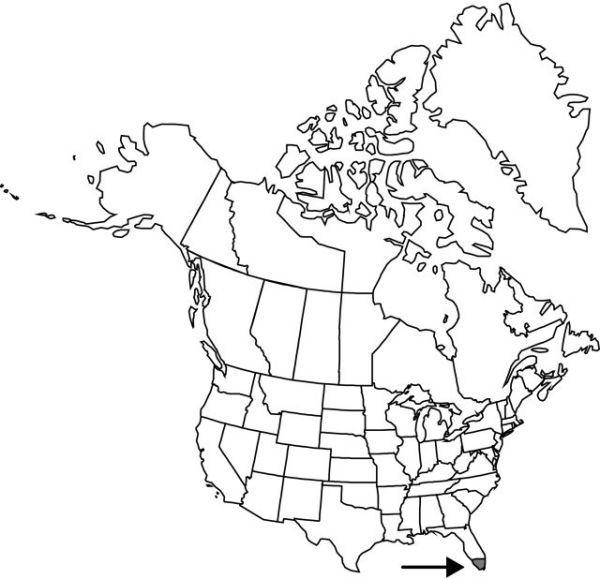Difference between revisions of "Vanilla planifolia"
Bot. Repos. 8: plate 538. 1808.
FNA>Volume Importer |
imported>Volume Importer |
||
| (2 intermediate revisions by 2 users not shown) | |||
| Line 57: | Line 57: | ||
|publication year=1808 | |publication year=1808 | ||
|special status= | |special status= | ||
| − | |source xml=https:// | + | |source xml=https://bitbucket.org/aafc-mbb/fna-data-curation/src/2e0870ddd59836b60bcf96646a41e87ea5a5943a/coarse_grained_fna_xml/V26/V26_1039.xml |
|subfamily=Orchidaceae subfam. Vanilloideae | |subfamily=Orchidaceae subfam. Vanilloideae | ||
|tribe=Orchidaceae tribe Vanilleae | |tribe=Orchidaceae tribe Vanilleae | ||
Latest revision as of 21:11, 5 November 2020
Roots usually 1 per node, aerial portions 2–3 mm diam. Stems occasionally branched, leafy, thick, 5–10 mm diam., smooth. Leaves persistent; blade flat, oblong-elliptic to ovate, longer than internodes, 15–25 × 5–8 cm, fleshy-leathery, apex acute to acuminate. Inflorescences axillary, 15-flowered racemes, short-pedunculate, to 5 cm excluding peduncle; floral bracts broadly triangular-ovate, 7–10 × 7–10 cm, leathery. Flowers: sepals and petals erect-spreading, yellow-green, fleshy, rigid; sepals oblanceolate, 3.5–5.5 × 1.1–1.3 cm, margins straight, apex acute to obtuse; petals elliptic-oblanceolate, abaxially keeled, thinner than sepals, 3.5–5.5 × 1.1–1.3 cm, apex acute to obtuse; lip adnate to column for 1.5–2 cm, yellow-green, becoming dark yellow toward apex, lamina gulletlike, cuneate, rhomboid, 4–5 × ± 3 cm, with apical retuse lobule; disc with central tuft of retrorse scales, several lines of short, fleshy hairs extending to apex; column white, slender, 3–3.5 cm, margins slightly sinuate, adaxially bearded; pollinia yellow; pedicellate ovary 3–5 cm. Berries cylindric, 15–25 × 0.8–1 cm.
Phenology: Flowering Apr.
Habitat: Cypress swamps, hammocks
Elevation: 0–20 m
Distribution

Fla., Mexico, West Indies (Trinidad), Central America, n South America.
Discussion
The long, slender black fruits of Vanilla planifolia are the vanilla “beans” of commerce.
The natural distribution of Vanilla planifolia is most likely tropical evergreen forests of eastern Mexico and the Caribbean watersheds of Guatemala, Belize, and Honduras (M. Soto Arenas, pers. comm.). It has been cultivated and escaped or persisted in many areas of the tropics, including south Florida. It is known in the flora area from Long Pine Key, Everglades National Park, Miami, Miami-Dade County, Florida (P. M. Brown 2002).
Pollinators are euglossine bees (J. D. Ackerman 1983), which do not occur in Florida. Natural pollination has been recorded in Florida, although very rarely (C. A. Luer 1972).
Selected References
None.